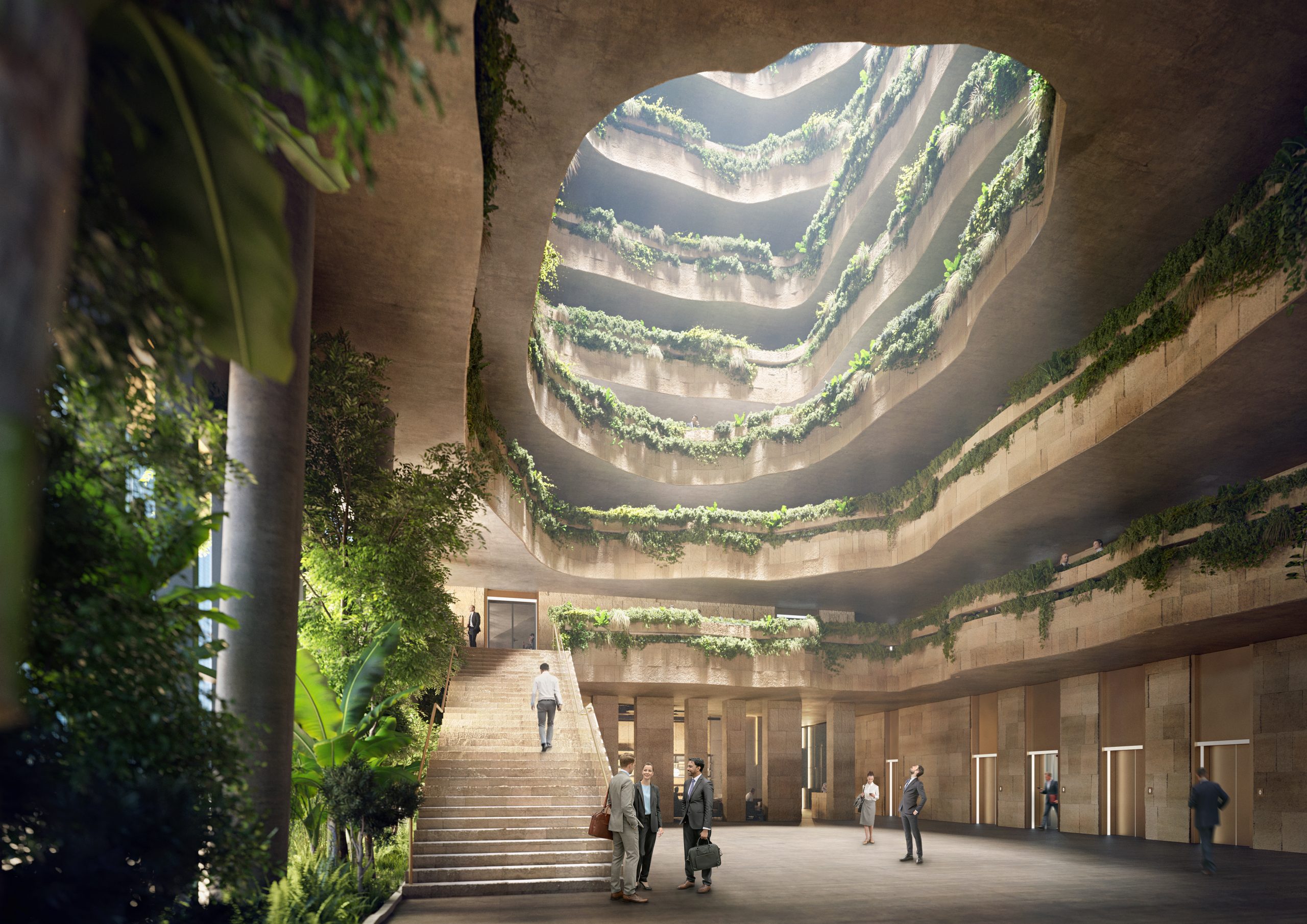Eco-Friendly Architecture: Building a Sustainable Future
With the pressing need for environmental conservation, eco-friendly architecture has emerged as a powerful solution towards sustainable development. This innovative approach to construction focuses on minimizing the negative impact on the environment while maximizing energy efficiency and resource conservation.
Designing Sustainable Structures
Eco-friendly architecture incorporates various design elements to create sustainable structures. One such element is the use of natural light and ventilation to reduce the need for artificial lighting and air conditioning. By strategically placing windows and skylights, buildings can make the most of daylight and fresh air, reducing energy consumption significantly.
Another key aspect is the use of renewable materials such as bamboo, reclaimed wood, and recycled steel. These materials not only have a lower carbon footprint but also promote the reuse of resources, reducing waste generation. Additionally, green roofs and walls can be implemented to enhance insulation, reduce stormwater runoff, and provide a habitat for local wildlife.
The Benefits of Eco-Friendly Architecture
Eco-friendly architecture offers numerous benefits for both the environment and the occupants. By minimizing energy consumption, buildings contribute to reducing greenhouse gas emissions, combating climate change, and conserving natural resources. Additionally, sustainable structures provide healthier indoor environments by using non-toxic materials and improving air quality through natural ventilation systems.
Moreover, eco-friendly buildings are cost-effective in the long run. Although initial construction costs may be slightly higher, the energy-saving features result in lower utility bills, offering significant savings over time. Furthermore, these structures have a higher market value and appeal to environmentally conscious buyers.
The Future of Sustainable Construction
As the world becomes more environmentally conscious, the demand for eco-friendly architecture continues to grow. Governments, businesses, and individuals are increasingly investing in sustainable construction practices to create a greener future. Moreover, advancements in technology and innovation are driving the development of new eco-friendly materials and techniques.
It is crucial for architects, engineers, and urban planners to collaborate and prioritize sustainable design principles. By incorporating eco-friendly architecture into our cities and communities, we can mitigate climate change, reduce pollution, and create a more sustainable and livable future for all.
